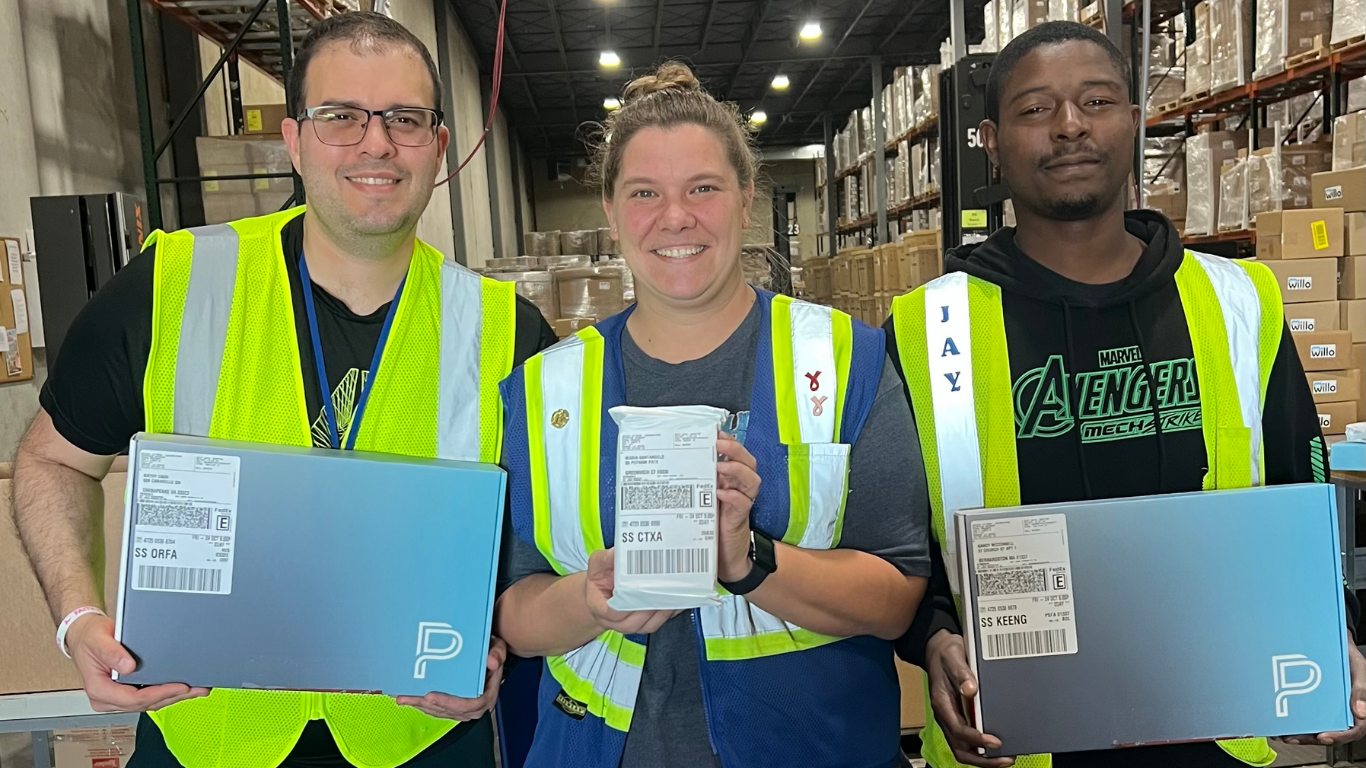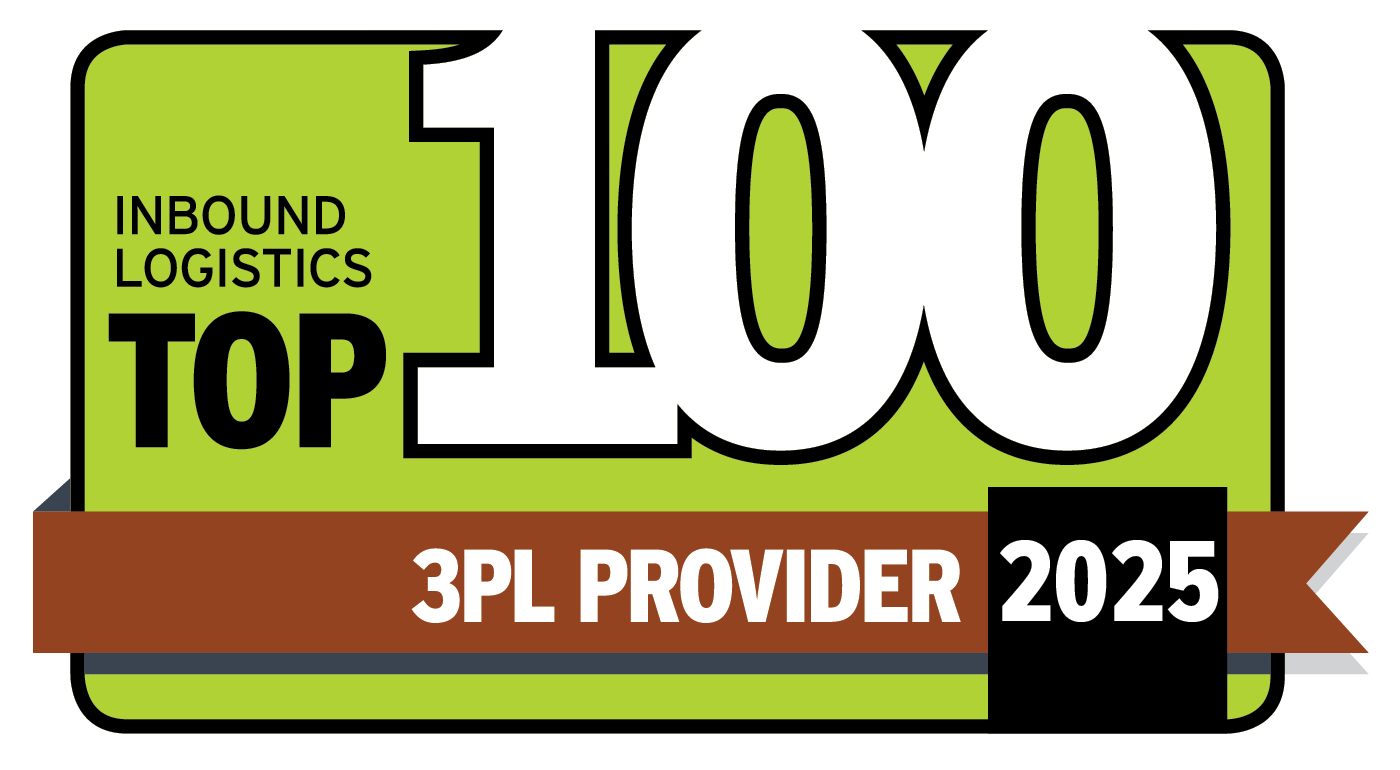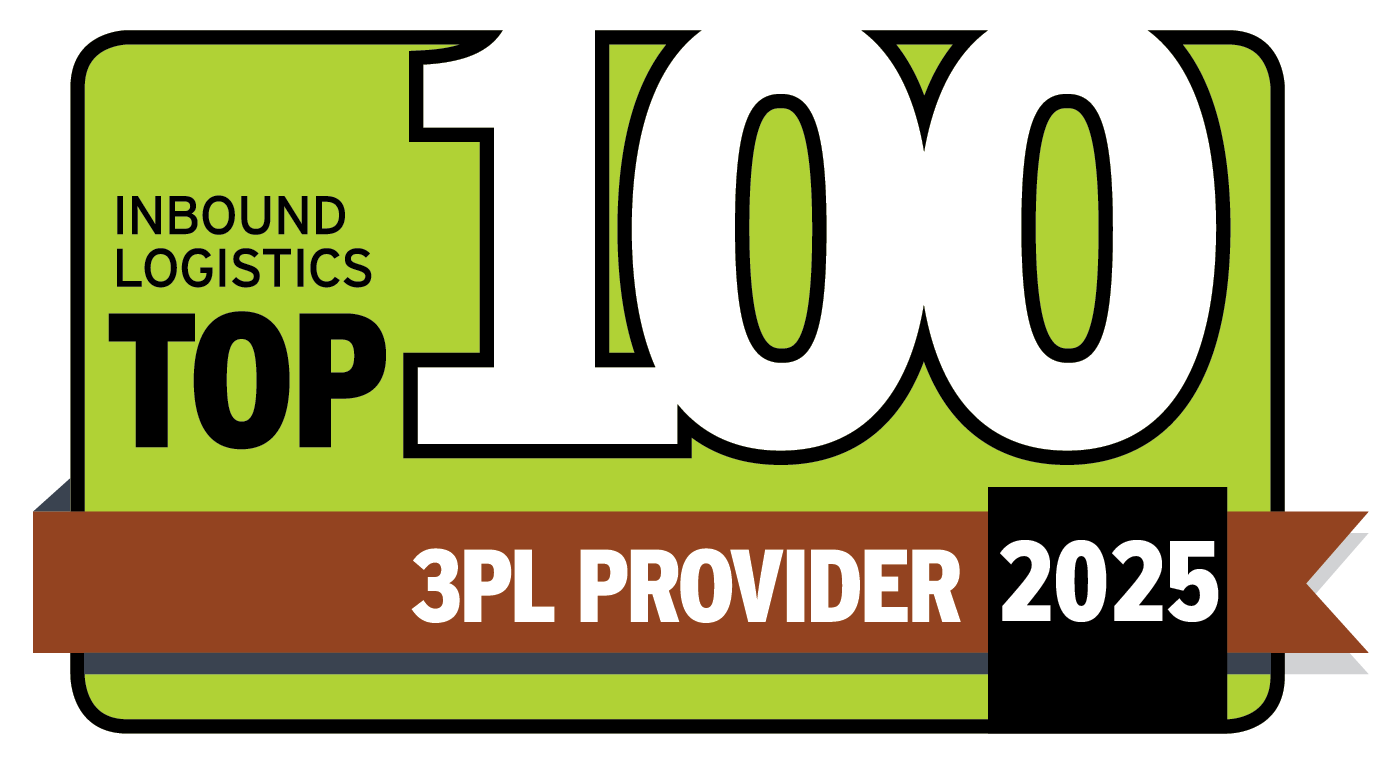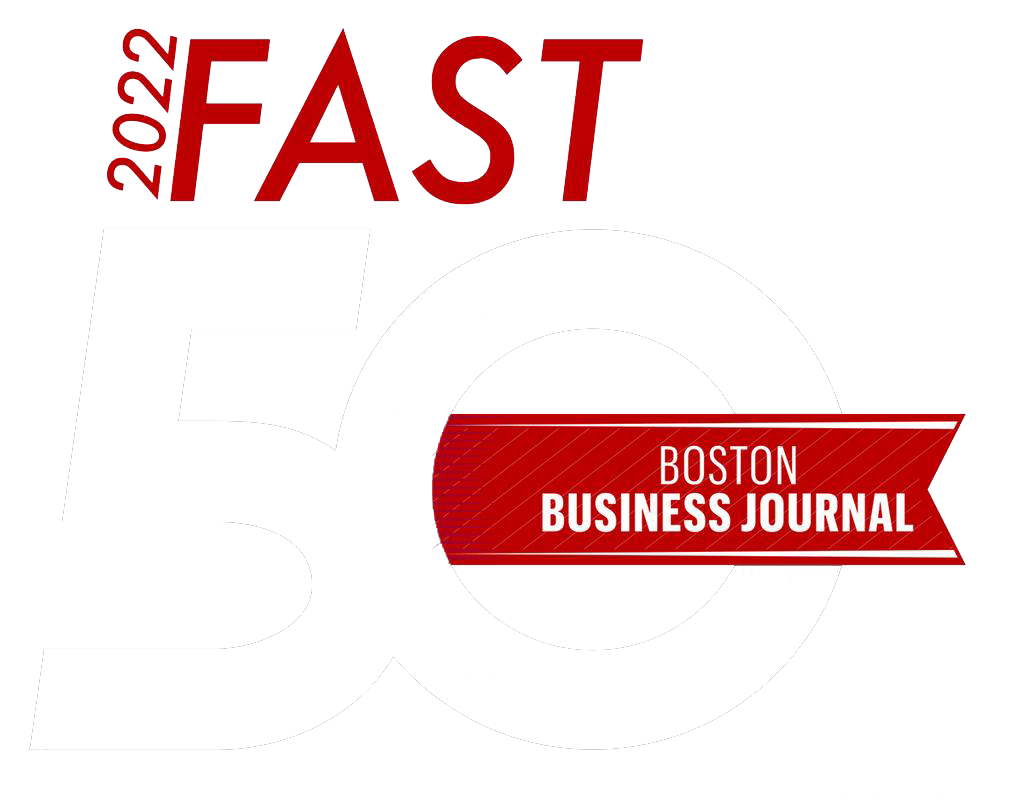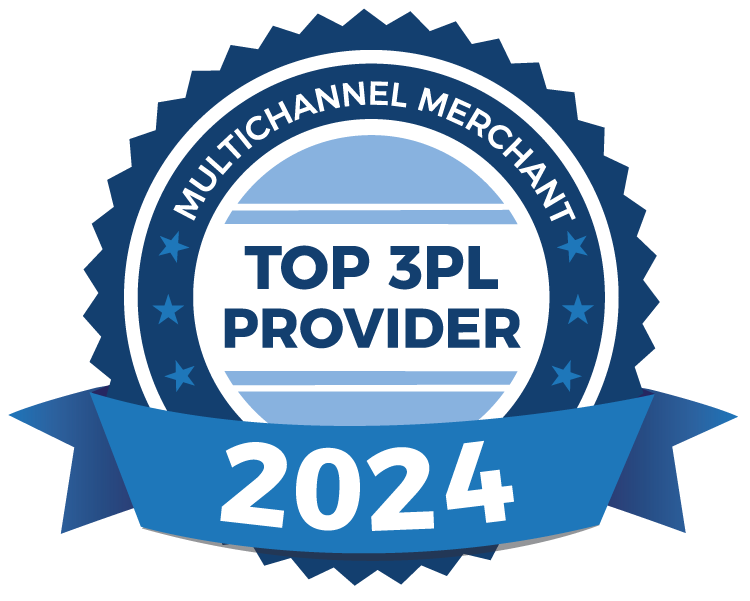Automotive Part Logistics: 3 Keys to Strategic Planning
Do you remember what a lengthy process it used to be to pick up a new movie from the video store? You would plan your evening commute to swing by the local video store on your way home. After rummaging through the hundreds of titles lining the wall, you finally come across the latest installment of Die Hard, or Terminator, or whatever Julia Roberts was doing at the time. You hand over your membership card and are on your way. That’s a lot of legwork for a two hour movie. Those were the days. Today, all you have to do is press the Netflix or Hulu app on your phone, tablet or even television remote to instantly connect to thousands of titles. This saves time on your way home, room in your wallet and space on your shelf.
The way we watch movies and TV isn’t the only thing to drastically change in the past 20 years. There has been a major overhaul in the way automotive parts are ordered, shipped, tracked and used. This evolution was by no means unsolicited. In the same way consumer demand and access forced video stores to go the way of the dinosaurs, customer expectations and market conditions have forced auto part fulfillment processes to become as streamlined as possible. As such, strategic planning in the automotive supply chain is more important than ever.
In spite of volatile revenue results stemming from the economic downturn in 2008, the automotive parts industry is expected to top $170 billion in 2014 according to a report from . As markets thrive and supply chain functions become more complicated the need for strategic logistical planning needs to be a key priority. The balance between superior service levels and reduced logistics/inventory expenses can be accomplished through three strategy considerations:
- Transition from a “Pull” to a “Push” tactic- Years ago the best practice was for distributors, dealerships to order or “pull” a certain part when inventory became low. This method can be very time and labor intensive because it is reactive in nature and is often a last minute order. Today, to remain efficient and reduce the risk of a poor end-user experience, a “push” strategy is more effective. Instead of low inventory triggering an order, leveraging an Enterprise Resource Plan, an order is sent, or “pushed”, to where it is needed. Allowing technological platforms to maintain inventory and place orders reduces errors and redundant tasks from your labor force and other resources.
- Inventory forecasting- Changing the way that inventory is managed and organized can support these new complex supply chains. Shipping smaller quantities more frequently can increase the efficacy of the entire operation. A high velocity network keeps the supply chain running smoothly. Segregating part types by size, volume and frequency of use is key in optimizing and forecasting inventory. This can be achieved through a customized plan with strategic facility and SKU layouts and management, as detailed .
- Technology- Many entities are still attempting to get as much as possible from aging and antiquated systems. Not only is this technology becoming increasingly less effective, it is also becoming more expensive to maintain. Your fulfillment technology is the pivotal element of the service parts supply chain. As the demand for replacement parts grows and the number of new model releases increases, legacy systems simply cannot handle the workload.
Integrating new technologies and supply chain functions into more sophisticated strategies is crucial for a supply chain that is fast, lean and cost effective. At ÐÇ¿Õ´«Ã½ ÐÇ¿Õ´«Ã½Centers, the experience, capability and resources to optimize technology, process and warehouse design is at the core of our performance.
Recent Blog Posts

